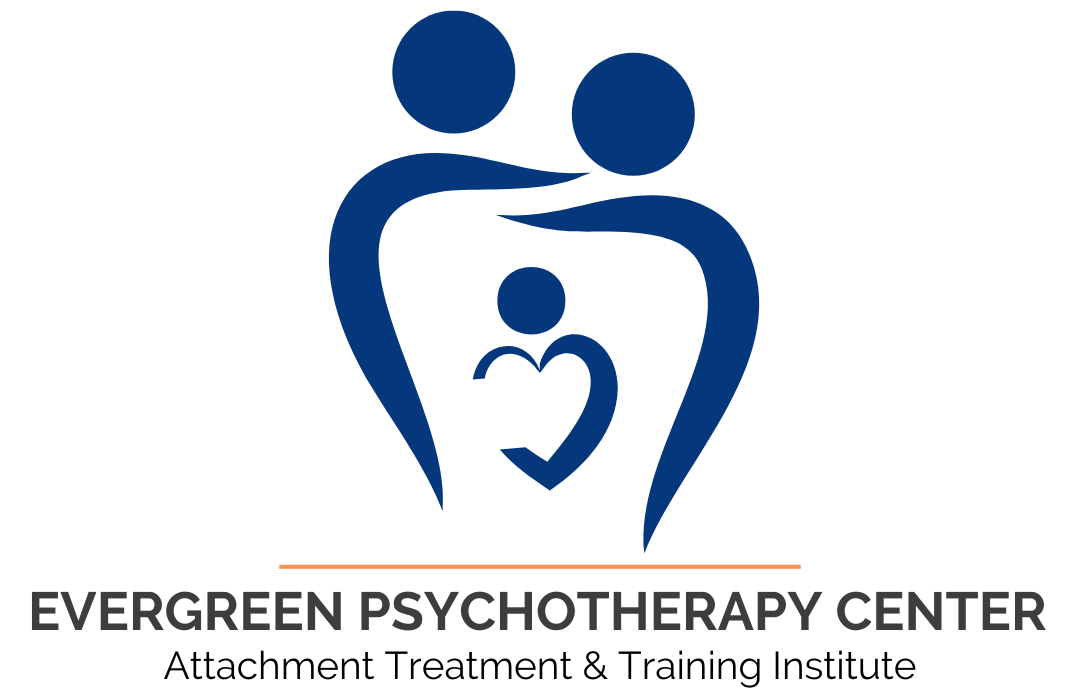NEW! Trauma and Attachment: Theory and Practice
ON-DEMAND TRAINING
PRICE $47
CPD/CE CREDITS 3
In this course, taken from a training series, Dr. Levy, through didactic instruction and case studies guides you through underlying theories of both trauma and attachment therapy. He discusses the 4 models of attachment, how attachment and trauma are intertwined, and how psychosocial history and attachment patterns impact clients in a therapeutic setting.
Educational Objectives
This course will teach the participant to
- Describe the psychological, social, cognitive, and biological aspects of trauma and attachment.
- Describe the 4 attachment styles of children and adults
- Utilize effective individual and relationship-based assessment methods, including the Life Script.
Syllabus
- Assessment
- Symptoms of trauma and disrupted attachment
- Traumatized brain and biochemistry
- Core beliefs / internal working models
- 4 attachment styles of children and adults
- Life script: Psychosocial history and attachment patterns
Healing Parents: Helping Wounded Children Learn to Trust and Love
ON-DEMAND WEBINAR
PRICE
$135.00
CPD/CE CREDITS
6
Attachment is the deep and enduring biological, emotional, and social connection that children and caregivers establish early in life. Attachment quality affects the development of a child’s mind, brain, emotions, relationships, biochemistry, and morality.
Corrective Attachment Parenting is designed to help children who have experienced abuse, neglect, losses, moves, insensitive caregiving, and compromised attachment. Parenting these children is very challenging; they are often mistrustful, angry, controlling, oppositional, and defend against closeness and love. To be a healing parent means to be therapeutic with your child, to be mindful, and to have the right information, skills, self-awareness, support, hope, and healing attitude.
This workshop will present concepts, skills, and solutions from Terry Levy’s book: Healing Parents: Helping Wounded Children Learn to Trust and Love (Child Welfare League of America, 2006). It is appropriate for adoptive and foster parents, parents whose children are emotionally and behaviorally challenging, and for mental health, child welfare, school, adoption, foster care, medical, and legal system professionals who help and support these children and families.
Learning formats will include lecture, video examples, and skill-building exercises, enabling participants to practice effective parenting skills, strategies, and solutions.
Trauma and Attachment Therapy: Experiential Interventions
4 One-Hour On-Demand Training Modules
Register at: essentialtherapytraining.com
Early attachment experiences affect the wiring and biochemistry of the brain, create core beliefs and narratives, and form the template for future relationships. Early developmental trauma (i.e., disrupted and compromised attachment) often causes depression, anxiety, shame, emotional dysregulation, somatic symptoms, and antisocial behavior.
In this webinar series, Dr. Levy, teaches you the concepts and skills necessary to facilitate positive change with clients who are experiencing trauma and attachment wounds. Via PowerPoint presentation and clinical videos, you will learn effective therapeutic techniques to help children, adults, couples and families achieve trauma resolution and develop secure attachment in their relationships.
Clinical videos will illustrate how experiential interventions promote change and healing regarding the following issues:
- Negative core beliefs, narratives and mindsets.
- Avoidant and anxious attachment patterns in children and adults.
- Trauma-related emotions, behaviors, cognitions and neurobiology (e.g., PTSD, dissociation and other survival coping strategies).
- Emotional and behavioral dysregulation (anger, impulse control, self-harm, aggression).
- Communication, problem-solving and conflict-management.
- Dysfunctional and harmful family dynamics (e.g., abuse, neglect, rejection, betrayal).
- Facilitating motivation and cooperation with defensive, controlling and resistant clients.
